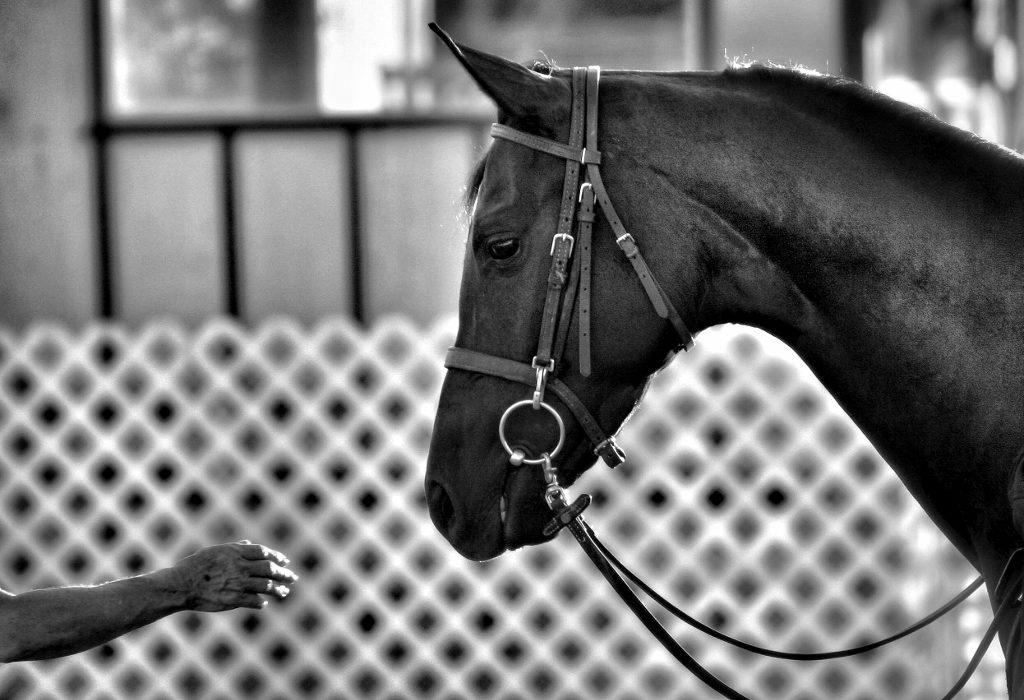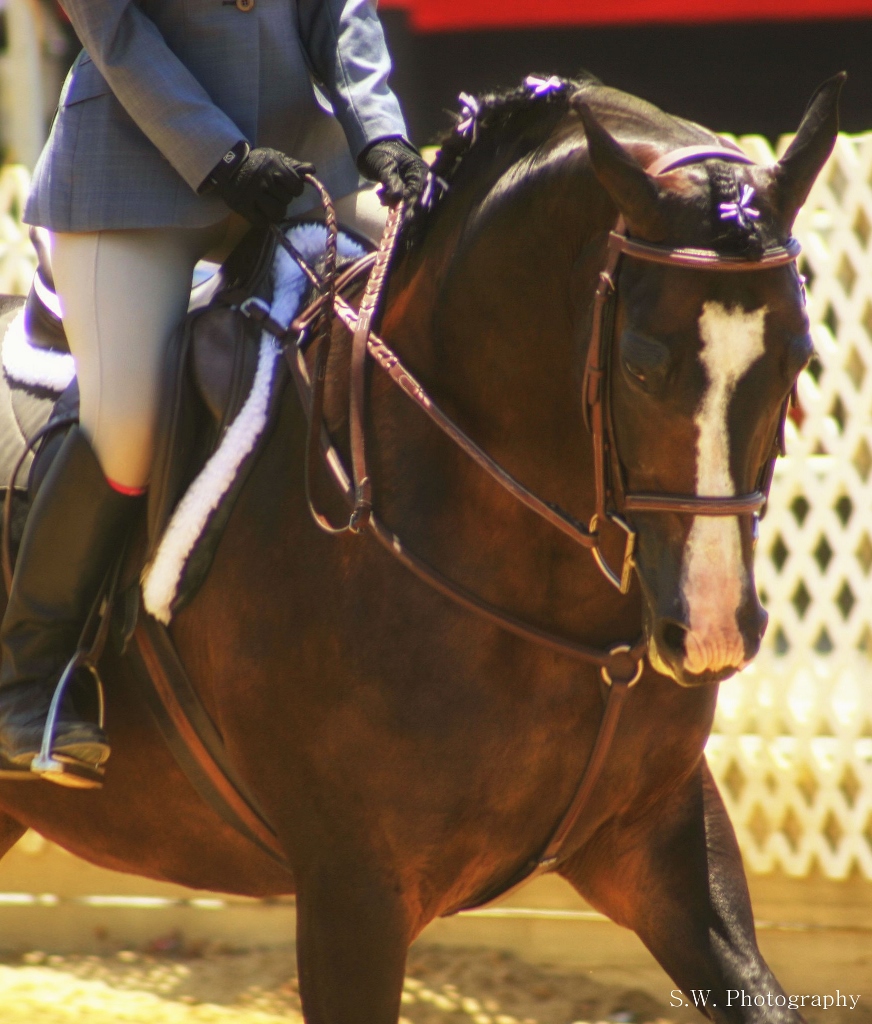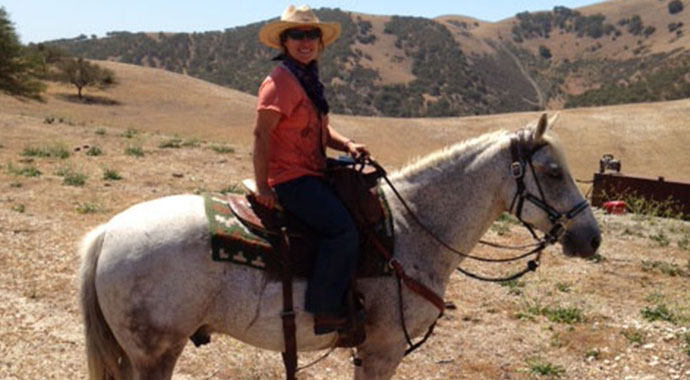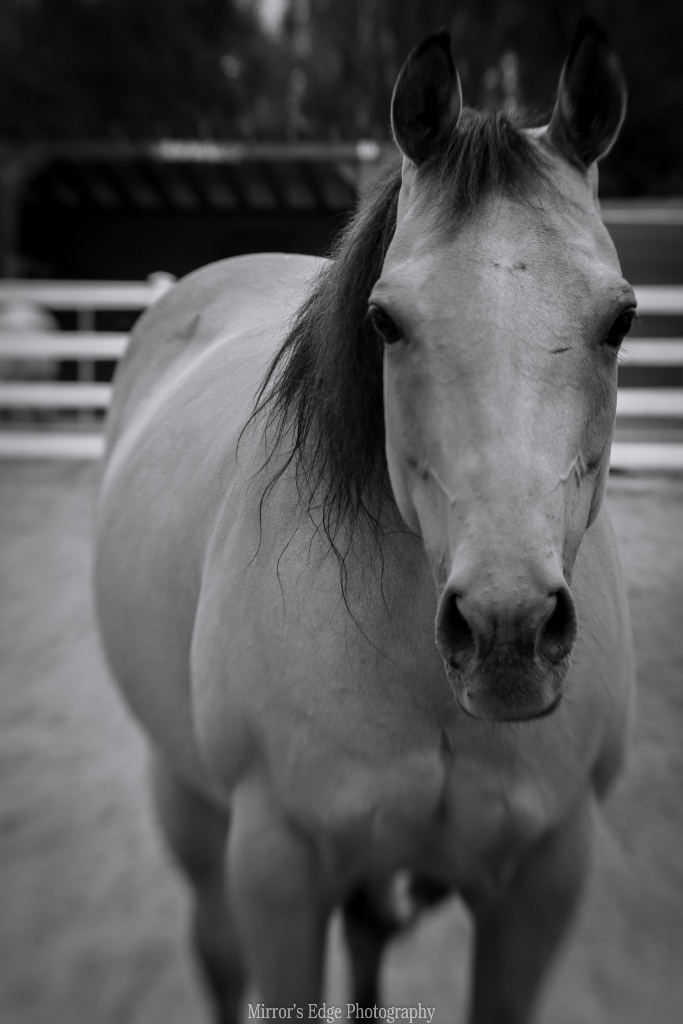Whether it’s at work, in school, at home, or out with our horses, we all have a tendency to pick up “bad habits”. Sometimes these things happen quickly – an accident occurs, our lifestyle changes, etc. – but most often they happen gradually, almost in such a way that we don’t even really notice them. When it comes to our horses, bad habits can truly make or break a good relationship, not to mention a good ride. Whether your intent is to simply hit the trails, or your desire is to get into the show pen, “busting bad riding habits” is a necessity.
In this article, we’ll discuss three of the most common bad riding habits that most riders display, and what we can do to work on them.
#1 Tension
Life today is extremely fast paced. It’s likely that we all have crazy lives with intense schedules; we have a lot on our plates just to get through a single day. This causes stress and tension, two things that can have an extremely adverse effect on our time in the saddle. You see, horses are extremely intuitive animals; they have to be, by nature, in order to survive. Horses see, hear, smell, and feel the things around them, and this dictates whether they go into “fight or flight” mode. If we arrive at the barn with a tense attitude, we can bet that our horses are going to sense this, either by our movements, the pitch of our voices, or simply the way that we “feel” when we finally swing our leg over the saddle. The simple fact is that if we are tense, then our horse is going to be tense.
So, what can we do about our stress and tension? The first thing is to be aware of how we are feeling when we get to the barn. We need to take a personal inventory of how we are feeling. If we’re “stressed out”, then we need to realize this and take steps to alleviate our stress before we transfer it to our equine partner. Breathing exercises can do wonders for this. We carry stress as a tightness in our bodies, and simply sitting quietly for a few moments and taking several deep and focused breaths can help to reduce tension. While we’re in the saddle, if we feel ourselves “tensing up”, we can do the same thing, focus on our breathing – make it steady and slow – and the tension will fade away.
#2 Bad Riding Posture
One of the biggest things that most riders admit to as a “bad habit” is “looking down”, which in turn means that they are usually riding “forward” or “ahead of the motion” of their horse (torso tipped forward, shoulders out of balance, and legs shifted back). Think about it, how many times have you been so focused on your horse’s headset, your diagonal, or whether or not you are on the right lead, that your eyes are fixed somewhere between your hands and your horse’s ears? Why is this a problem? Well, imagine you’re driving a car…would you focus your eyes on the steering wheel or on the road out in front on you? Is it better to focus on the road one car length ahead, or to broaden your vision so that you can see what’s coming several car lengths ahead? It’s the same with riding; if you are “looking down” and riding “ahead of the motion”, then your horse is also thrown off balance. An old trainer of mine once told me, “If you don’t know where you’re going, your horse is going to decide for you.” This is where riding straight lines becomes difficult.
So, what can we do to fix this habit of “looking down”? The best way to remedy this problem is simply to practice keeping your eyes up. As you’re in the saddle, sit squarely in the center with your torso and pelvis in alignment, and focus your eyes on the fence in front of you; as you ride, keep changing your focus point so that it remains on the fence-line in the direction that you want to go. If you’re out on the trail, find something ahead of you to focus on and keep your eyes there until you get there, and then choose another point. It seems simple, but it’s very effective. If you practice – and master – this art of looking up and watching where you’re going, you’ll find that you and your horse will both be in better balance and alignment, lines will be straighter, and maneuvers will be easier.
#3 Heavy Hands
The heavy handed rider will face all sorts of issues with his/her horse, the least of which is a bad ride and the worst of which is a horse that becomes “hard mouthed”. If we ride with heavy hands, we are teaching our horse to rely on us for balance and basically to hold his head up, and we are also teaching our horse that being ridden is a constant battle. Instead of a slight change in hand position or a “pinky pull” to ask our horse to change direction, it takes a “hard pull” that starts at the shoulders and throws everything off balance. In simple terms, horses shouldn’t be directed by the reins first, the hand should just be a reinforcement of what the body has already asked. Watching a rider with heavy hands can be one of the most painful things in the world.
So, what can we do to ride with softer hands? First, get used to the idea that you have to ask your horse what to do with your body – your seat, your legs and your posture – first, and then you simply reinforce this with your hands. Remember that your hands are just there to “steady” your horse, not to pull him around in any particular direction. Secondly, get used to holding the reins “lightly” – don’t have a “death grip” on them – and this will lighten the connection between the reins and your horse’s mouth. If your horse pulls against you, instead of reacting by “pulling back”, use a bumping motion or pulsating motion that starts with the pinkies; remember to give your horse a “release”. This is going to improve your horse’s confidence, comfort, balance and overall attitude.




